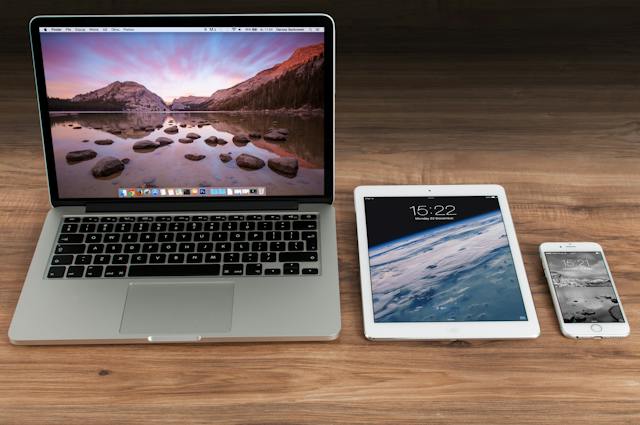Windows vs Mac OS: Unveiling the Divide in Operating Systems
In the ever-evolving world of technology, the choice between Windows and Mac OS remains one of the most persistent debates among computer users. Both operating systems have their loyal fan bases. Each operating system offers a unique computing experience. In this article, we will delve into the key differences between Windows and Mac OS. We will also explore the reasons why people gravitate towards one over the other.
1. User Interface
One of the most apparent distinctions between Windows and Mac OS lies in their user interfaces. Windows offers a more customizable and diverse interface. It provides users with a range of options to personalize their desktops. From widget placement to taskbar customization, Windows users can enjoy a higher degree of flexibility in tailoring their desktop environment to suit their preferences.
On the other hand, Mac OS has a focus on sleek and minimalist design. Apple's operating system is renowned for its intuitive and user-friendly interface, which emphasizes simplicity and ease of use. The iconic Apple menu and the overall streamlined aesthetic create an environment that appeals to users who appreciate a clean design.

2. Software Compatibility
One of the primary factors influencing users' choice of operating system is software compatibility. Windows has long been a dominant force in the market. With an established history and presence, Windows is a preferred platform for many software developers. As a result, a vast array of applications and games are developed with Windows compatibility in mind. Whether you are a gamer, a business professional, or a creative artist, chances are the software you need is always available for Windows.
On the other hand, Mac OS is often praised for its seamless integration with Apple's suite of software and applications. The Mac App Store offers a curated selection of high-quality apps designed specifically for the Mac platform. While the software library may be more limited compared to Windows, Mac users benefit from a robust ecosystem that prioritizes performance and user experience.
3. Hardware Options and Pricing
When it comes to hardware diversity, Windows takes the lead. A wide range of manufacturers, including HP, Lenovo, Dell, and others, produce Windows-compatible devices in various shapes and sizes. This diversity translates into a wide range of price points, making Windows desktops and laptops accessible to users with different budgets.
On the contrary, Apple tightly controls both the hardware and software aspects of its products. MacBook, Macintosh, and other Apple devices are exclusively designed and manufactured by Apple itself. While this integration ensures a high level of quality and performance, it also means that Apple computers generally come with a premium price tag. Mac users often find themselves investing more upfront for the sleek design, build quality, and seamless integration between hardware and software.
4. Workflow and Productivity
The choice between Windows and Mac OS often boils down to individual preferences and the specific needs of the user. Windows excels in versatility and caters to a broad spectrum of users, including gamers, programmers, designers, and business professionals. The Windows operating system supports a wide range of third-party applications and peripherals. It can provide users with the tools they need to customize their computing experience.
On the other hand, Mac OS is celebrated for its smooth integration with other Apple devices. The continuity between macOS, iOS, and iPadOS allows users to seamlessly transition between devices. It allows users to access shared documents and applications effortlessly. This synergy appeals to users deeply entrenched in the Apple ecosystem, making it an attractive choice for creative professionals and individuals focused on designed-oriented tasks.

5. Security
The ongoing battle between Windows and Mac OS in terms of security is a topic of perpetual discussion. Traditionally, Mac users have boasted about the security advantages of their operating system. They claim that Mac OS is less susceptible to viruses and malware. Historically, Windows has been the primary target for malicious software due to its overwhelming market share. However, as Macs gain popularity, they also become more attractive targets for cybercriminals. While Mac OS is generally considered more secure out of the box, the gap is narrowing. Windows has made significant strides in enhancing its security features, such as Windows Defender, which provides robust protection against a variety of threats.
Conclusion
In the Windows vs Mac OS debate, there is never an absolute answer. The choice between these operating systems ultimately depends on individual preferences, workflow requirements, and budget constraints. Windows offers unparalleled hardware diversity and software compatibility, making it an ideal choice for a wide range of users. On the other hand, Mac OS captivates users with its sleek design, seamless ecosystem integration, and robust security features.
As technology continues to advance, both Windows and Mac OS evolve to meet the changing needs of their users. The ongoing competition between these operating systems fuels innovation and ensures that users have a diverse array of options to suit their computing preferences. Ultimately, whether you are a Windows enthusiast or a devoted Mac user, the important thing is to choose the platform that aligns with your individual needs.